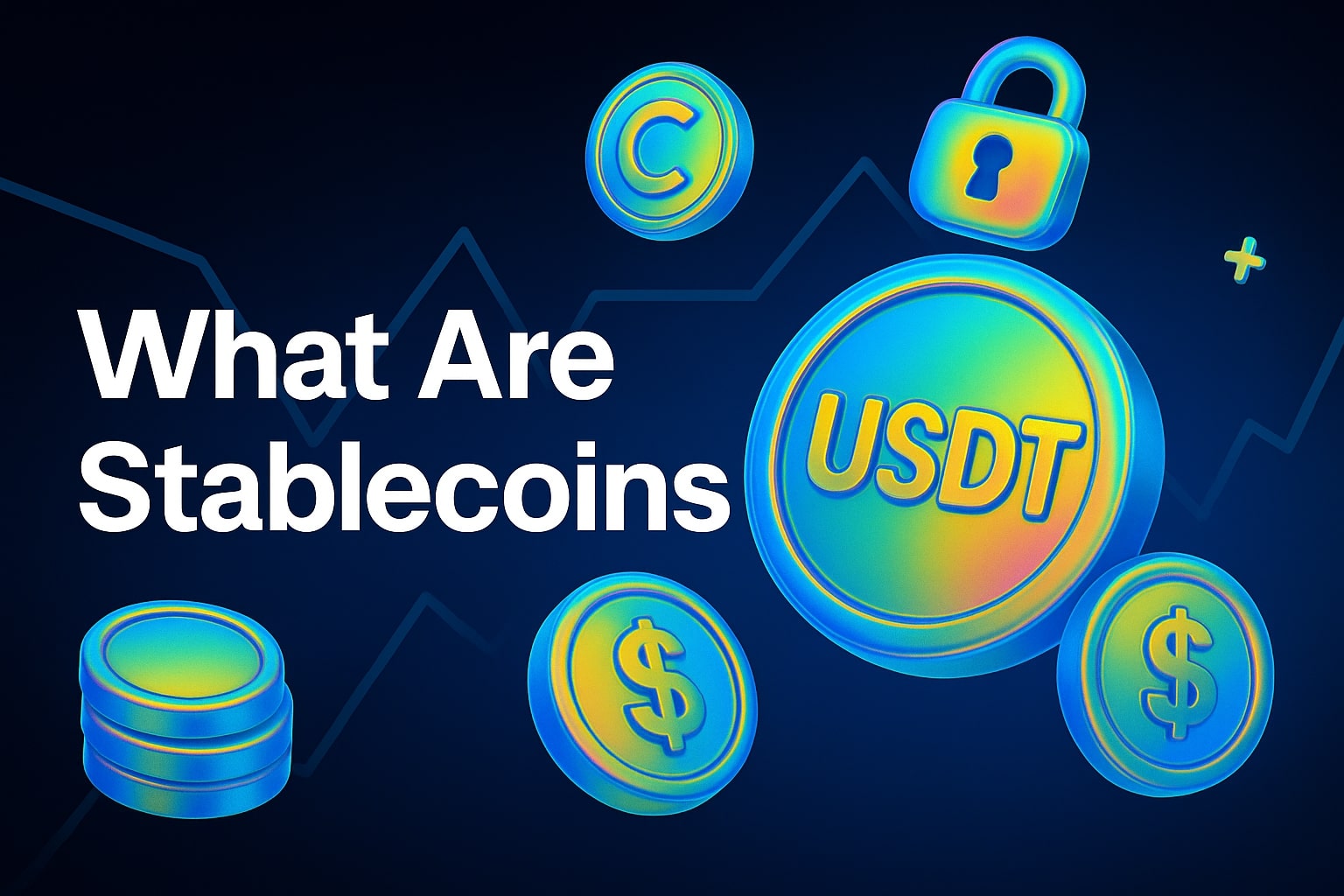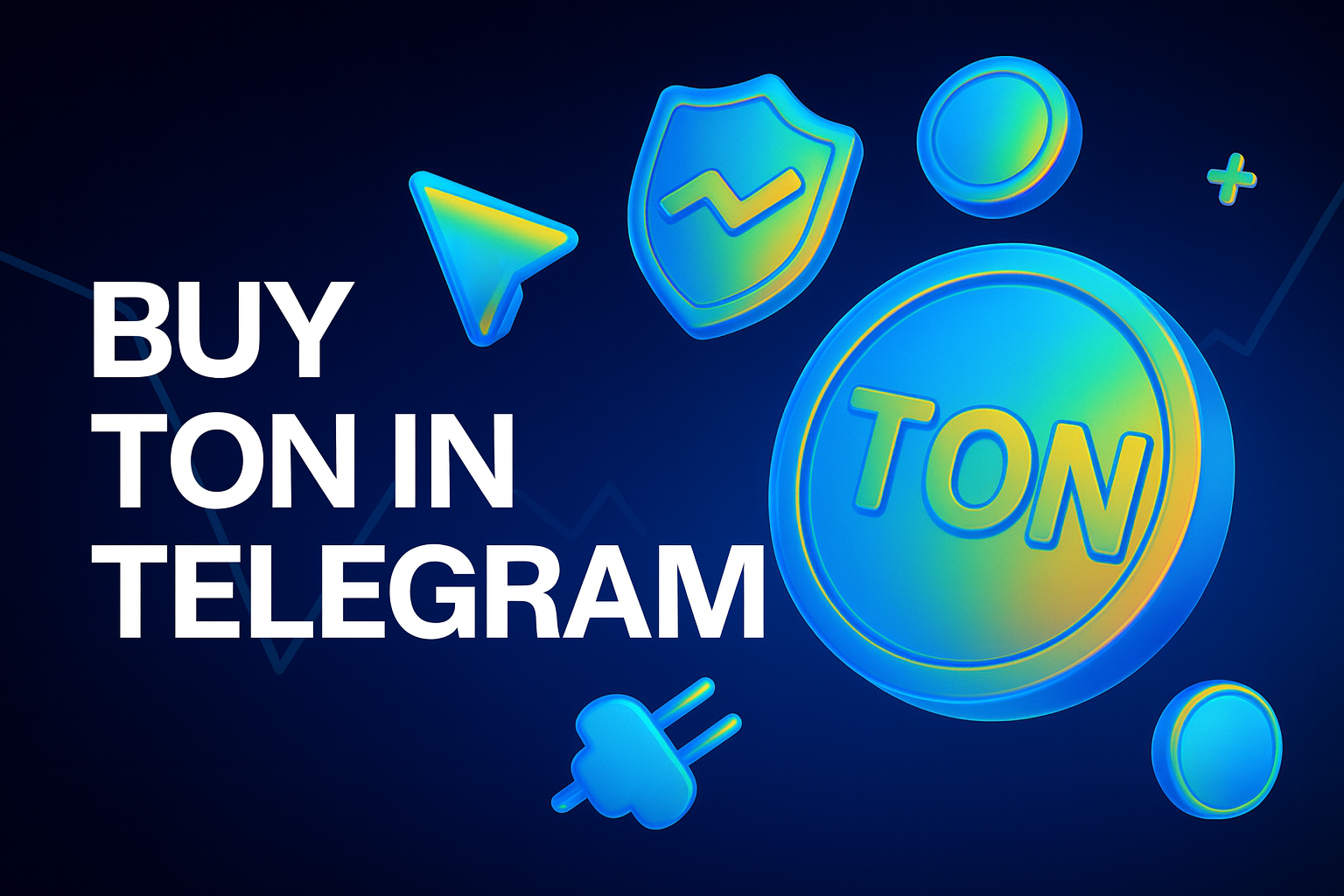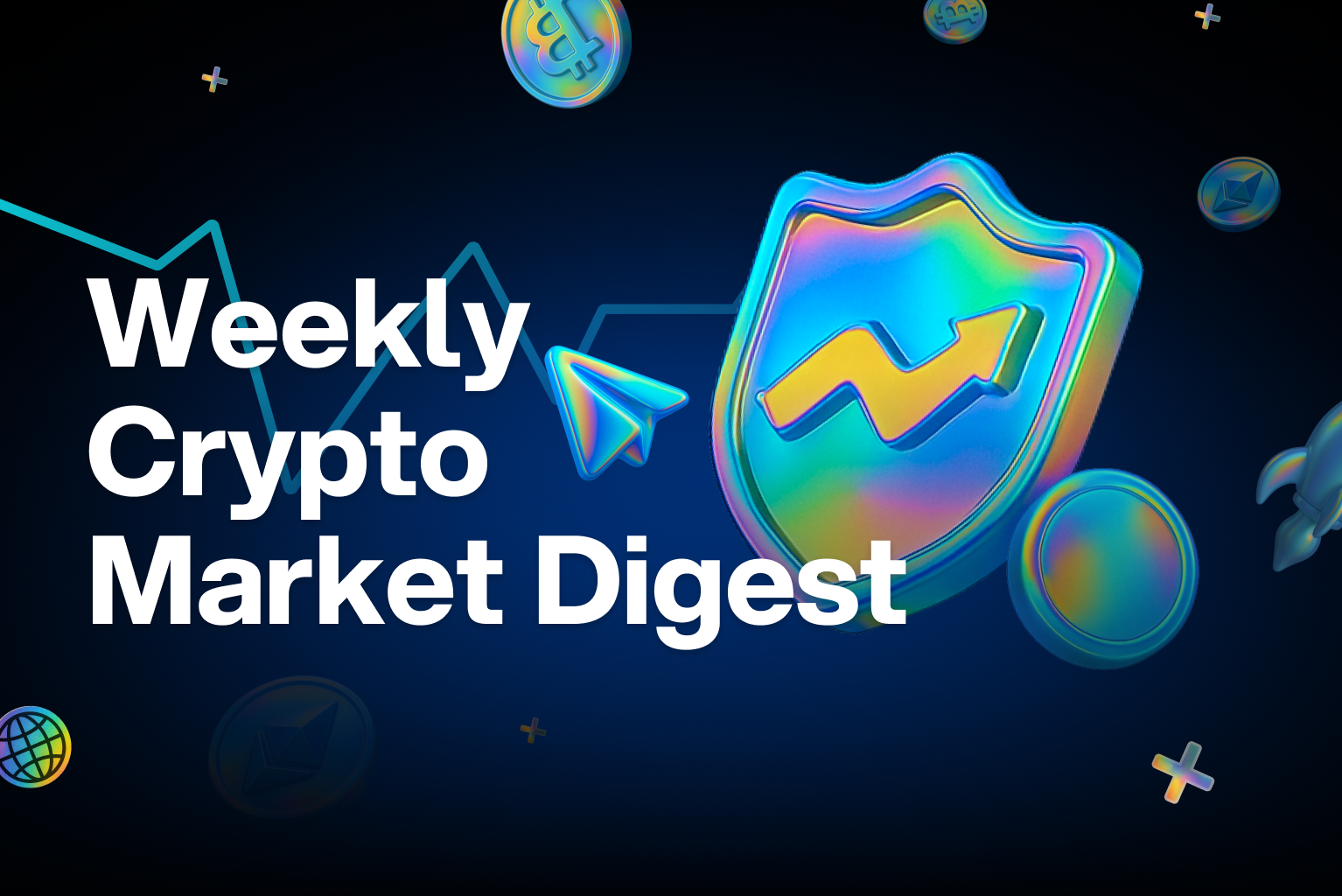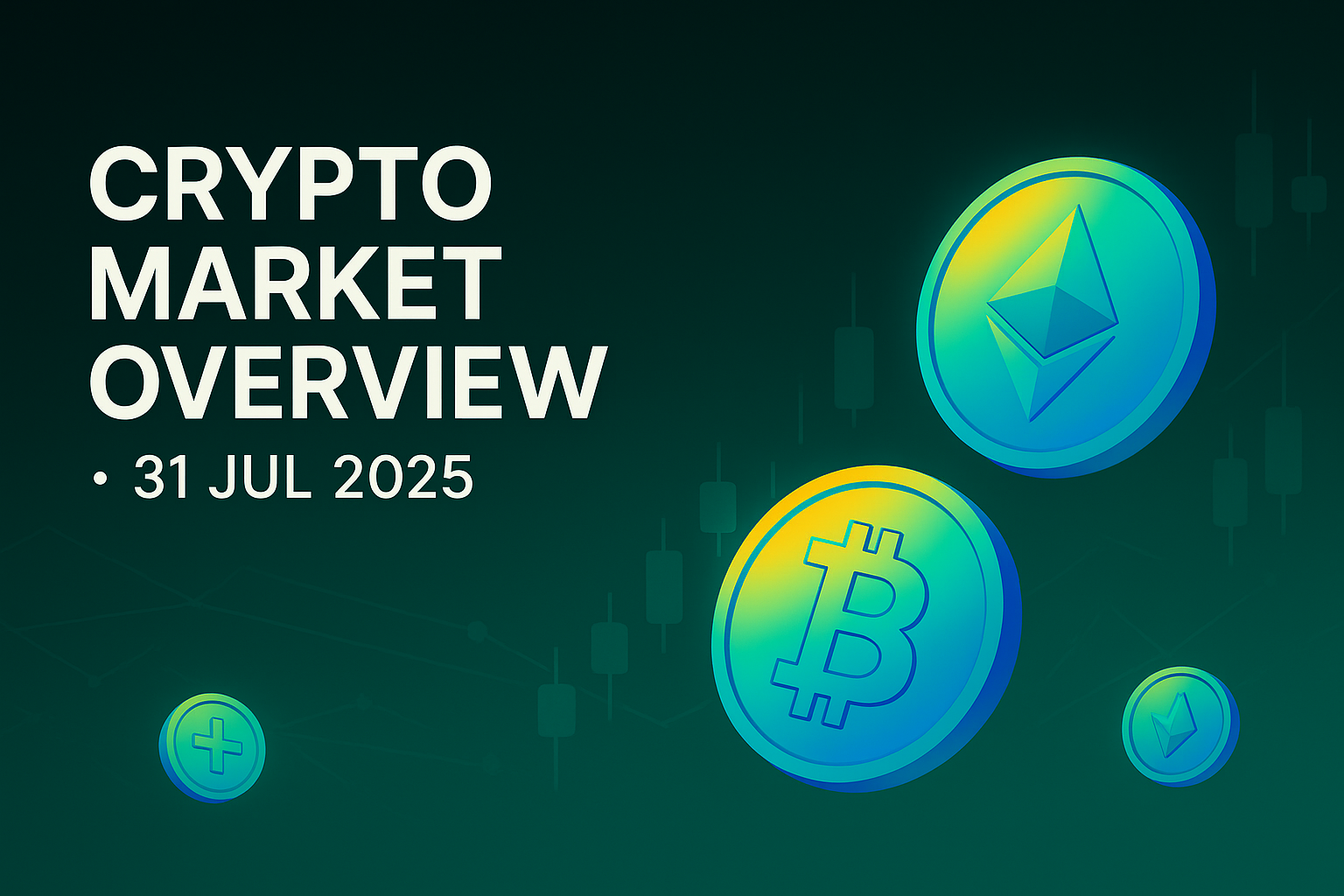What is a stablecoin?
A stablecoin is a cryptocurrency whose price stays close to one US dollar. You get the speed and 24/7 accessibility of a blockchain with the everyday stability of cash.
Main categories
- Fiat-backed – every token is backed 1 : 1 by dollars in a bank account (USDT, USDC, PYUSD).
- Crypto-backed – over-collateralised with ETH, wBTC and other tokens (DAI).
- Algorithmic – price is held by mint-and-burn mechanics and market incentives (FRAX).
Five most popular stablecoins in 2025
- USDT (Tether) – the deepest liquidity, accepted on almost every exchange.
- USDC (Circle) – monthly reserve reports, favourite for DeFi apps.
- PYUSD (PayPal) – instant transfers inside PayPal and Venmo.
- DAI – fully decentralised and governed by a DAO.
- TON USD – the dollar token used in Telegram’s TON ecosystem.
Why people use stablecoins
- Hedge against volatility. Keep “digital cash” between trades.
- Cross-border payments. Seconds to settle, fees lower than banks.
- DeFi yields. Lending pools and LP farms pay 3 – 6 % a year.
- Online checkout. More merchants now accept USDT or USDC directly.
How to buy a stablecoin: step-by-step
- Pick a platform. The quickest route for newcomers is the P2P section on a major exchange: sellers offer USDT for local currency, you pay by bank card or transfer, and the tokens arrive instantly to your exchange balance. You can also skip P2P and buy USDT with a bank card via the exchange’s fiat gateway.
- Pass KYC. Passport + selfie is standard; without it, P2P is usually locked.
- Execute the deal. Open your own order or grab an existing one – you’ll receive USDT/USDC straight away.
- Check the network. ERC-20, TRC-20, Solana or TON – fees and speed depend on the chain.
- Store on the exchange or withdraw?
- Keep on the exchange if you trade often and don’t want to pay network fees each time.
- Withdraw to a self-custody wallet (MetaMask, Trust Wallet, TON Space) if full control is important. Just remember: you alone guard the seed phrase.
- If you withdraw, copy the wallet address, double-check the network from step 4 and confirm the transfer.
Risks – and how to handle them
- Reserve risk. Stick to coins with transparent audits (USDC is the benchmark).
- Regulation. Know your local rules – some countries already license deposits and withdrawals.
- Network fees. TRC-20 and Solana are cheap; Ethereum is safer for large sums but costs more.
- Phishing. Never share your seed phrase; verify contract addresses and exchange URLs.
Taxes: what to expect
- Swapping a stablecoin for fiat is a taxable event in most jurisdictions.
- United States: treated as property – record USD value on every transaction.
- European Union: MiCA is coming – issuers must disclose reserves; users must declare large trades.
- Russia / CIS: tax is due when you convert to local currency at the central-bank rate.
FAQ – quick answers
Which stablecoin should a beginner choose?
Look at liquidity (USDT), reserve transparency (USDC) and support for your preferred network.
Can I earn yield on stablecoins?
Yes. Lending markets and stable-to-stable LP pairs usually pay 3 – 6 % per year.
How is a stablecoin different from a CBDC?
A CBDC is issued by a central bank and can be tracked or frozen; a stablecoin is issued by a private company or DAO and trades freely on exchanges.
Add this guide to your bookmarks: we’ll update it as new rules or projects appear.



